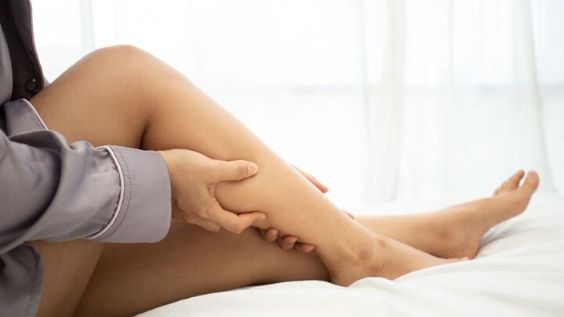
Oedema is fluid retention and it occurs when there is too much fluid (mainly water) in the body’s tissues, causing swelling to occur in the affected area. The swelling is usually related to the venous (veins) system, or the lymphatic system (tubes that carry lymph, a fluid that helps fight infection and clear fluid). In Chinese Medicine, oedema is related to the spleen, kidney and lung. Oedema is caused because the body cannot get rid processes the food and the blood and transforms the dampness. The lung can also be responsible if there is a blockage. If a kidney deficiency is diagnosed it will be treated by warming and toning to restore the balance.
In Chinese Medicine curing oedema is not a simple case of taking diuretic drugs. They are not the answer as the system becomes dependent upon them, and once you stop taking them, the body fills up with water again. If they are taken long term, they can cause damage. Chinese Medicine treats the cause, not the symptoms.
Traditional Chinese Medicine Patterns:
Spleen yan vacuity: Oedema, mainly on the lower limbs. Fatigue, waxy pale complexion, abdominal distension, borborygmus, poor appetite, tendency to feel cold, cold extremities, scanty urine, sloppy stools. Tongue is pale with tooth marks, white coating. Pulse is vacuous and weak.
Kidney yang vacuity: Generalized oedema. Aversion to cold, cold extremities and lower back, heavy and sore feeling in lower back or lower back pain, shortness of breath, palpitations, dull and sallow complexion, fatigue, abdominal distension, scanty or dripping urination, difficulty urinating. Tongue is pale, swollen, teeth marks, white slippy coating. Pulse is sunken.
Dampness: Oedema predominantly on abdomen and lower body. Gradual, hard to notice onset. Fatigue, heaviness of body and head, oppression in the chest, poor appetite, scanty urination. Tongue has a greasy white coating. Pulse is soft and slippery.
Damp heat: Oedema predominantly on abdomen and lower body, shiny skin, abdominal distension and fullness, oppression in the chest, thirst without desire to drink, restlessness, scanty and dark urine or difficulty urination, may have constipation. Tongue has a yellow greasy coating. Pulse is slippery and rapid.
Damp heat in liver and gallbladder: Oedema predominantly on abdomen and lower body, abdominal and rib-side distension, headaches, irritability, dizziness, blood-shot eyes, dark coloured and turbid urine, difficult and painful urination, swelling and itching in the general area, leukorrhea with bad odour. Tongue is red with yellow coating. Pulse is wiry, rapid and strong.
Externally contracted wind: Oedema of acute onset, characterized by swelling of the face first, aversion to cold, heat effusion, cough, sore throat, abdominal fullness, difficult urination, tongue has a greasy coating. Pulse is slippery.
Externally contracted wind-heat: Oedema of acute onset, heat effusion stronger than aversion to cold, thirst, cough, sore throat. Tongue has a red tip. Pulse is rapid.
